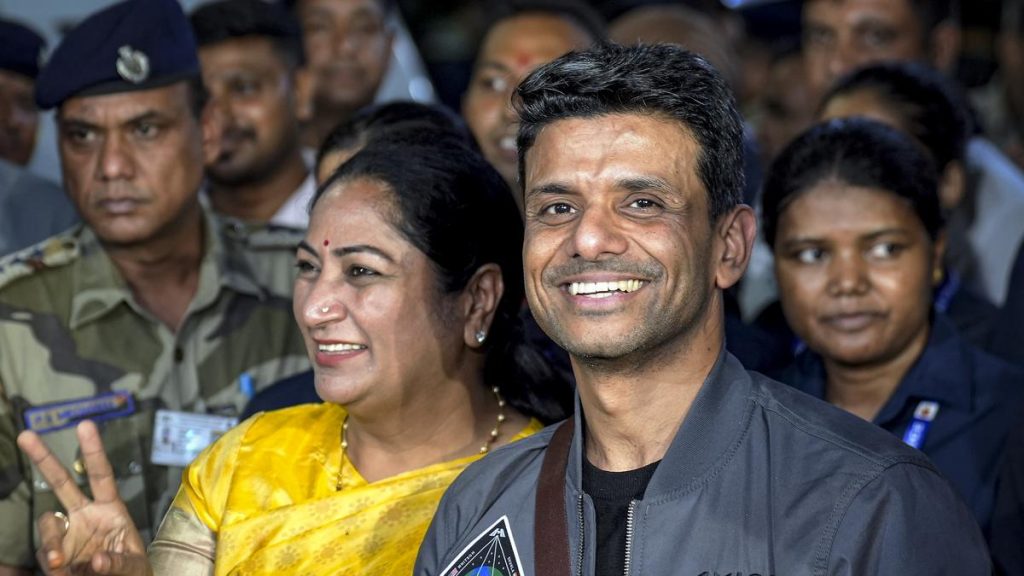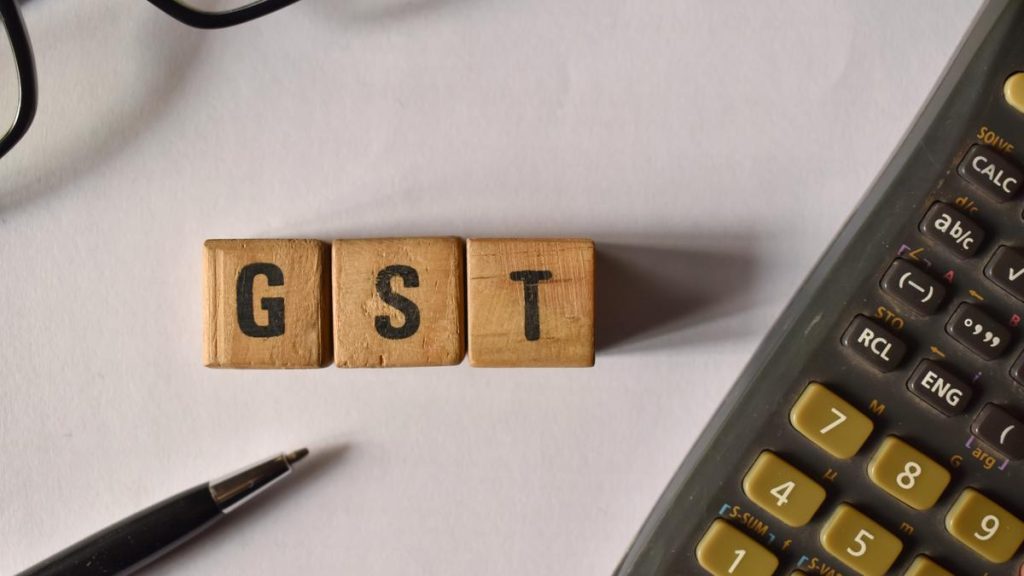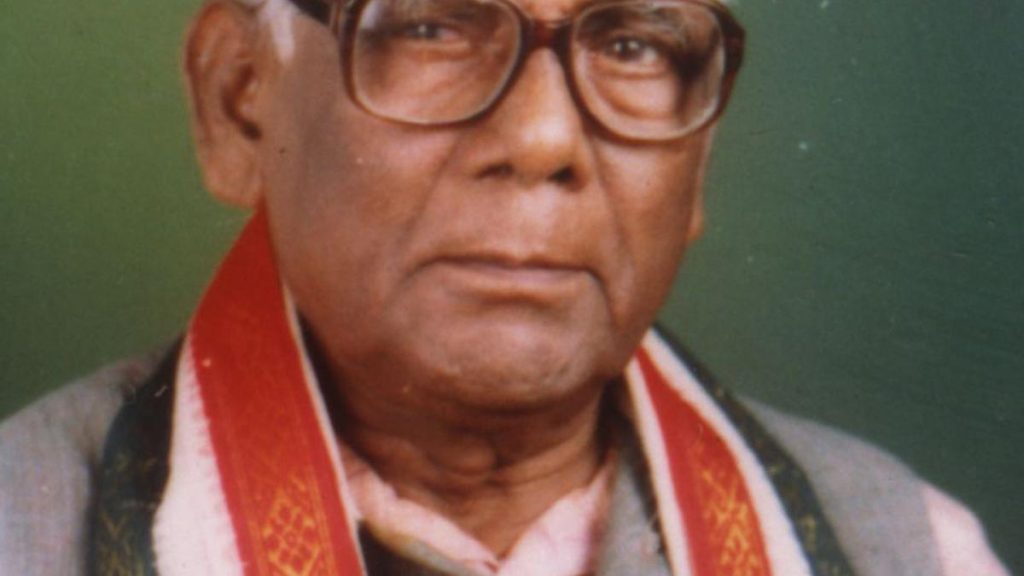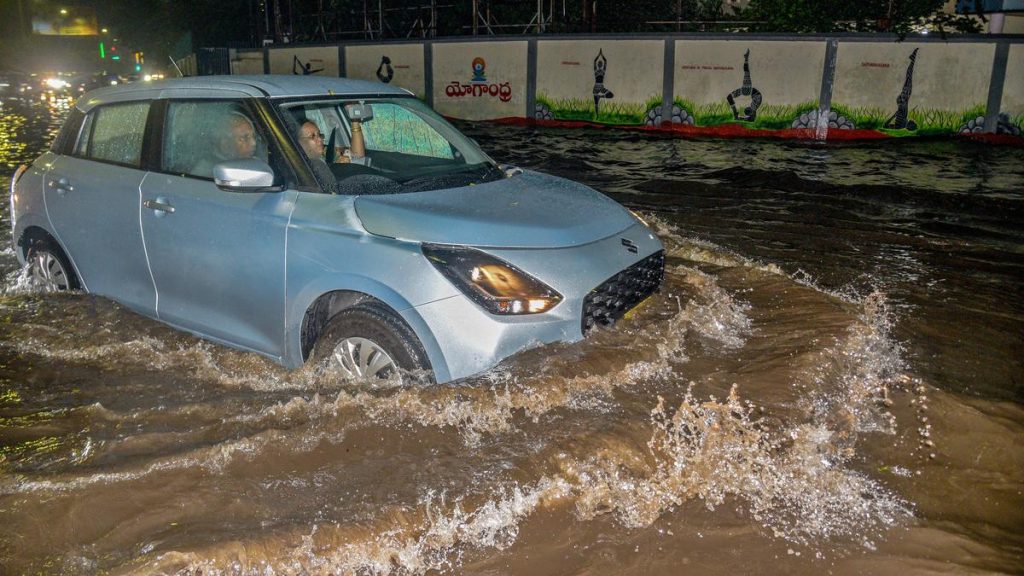Now Reading: How Africa Can Achieve Universal Electrification
-
01
How Africa Can Achieve Universal Electrification
How Africa Can Achieve Universal Electrification
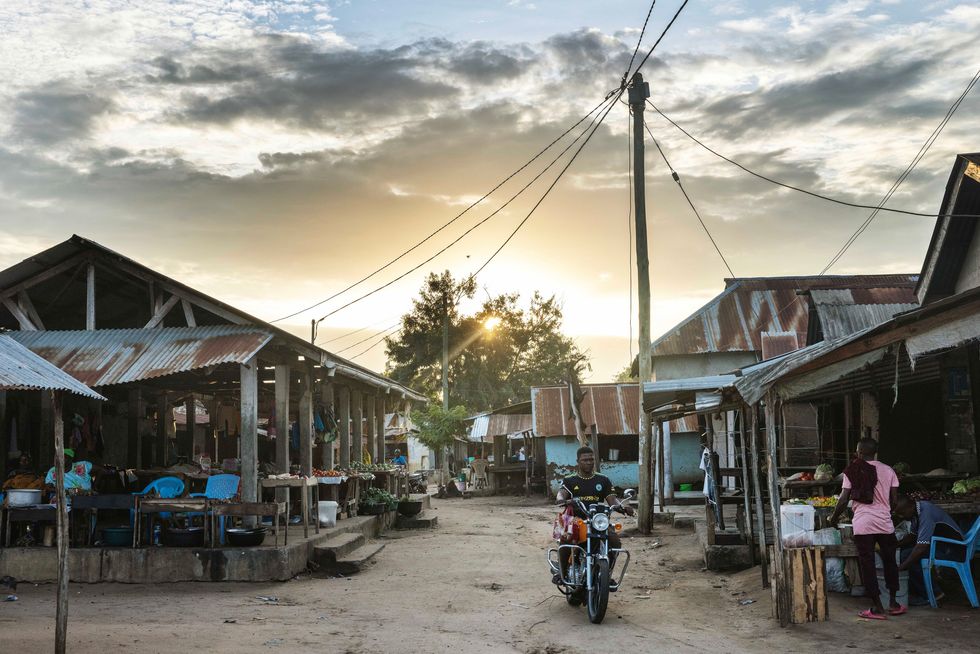
Fast Summary
- A Nigerian rice farmer uses solar panels for irrigation but relies on diesel generators for milling. The removal of nigeria’s fuel subsidy has increased his costs.
- Sub-Saharan Africa faces severe electricity shortages: 600 million people lack access, and many grids are outdated and unreliable.
- Efforts like the World bank’s Mission 300 aim to connect 4.2 million people monthly by 2030 but face challenges due to population growth.
- Rural electrification frequently enough relies on off-grid solar, which is growing rapidly. Africa holds over 60% of global solar resources, with important potential still untapped.
- Hydropower also plays a role in East and Central Africa’s electricity but suffers from construction delays and unpredictable climate impacts.
- Nuclear power programs are emerging in nations like Ghana, Kenya, Uganda, and Nigeria; nuclear energy is at least a decade away for most countries.
- Kenya has made substantial progress through initiatives combining off-grid solutions with extended grid access-doubling its electrification rate between 2013-2023.
Images:
- Solar Panels Shop image: Solar panels displayed outside an electronics shop in Kenya (Photo Credit: James Wakibia/SOPA Images/LightRocket/Getty Images).
- Hydropower Engineers Image: Engineers monitoring the Kariba Dam control room on the Zambia-Zimbabwe border (Photo Credit: The Washington Post/Getty Images).
Indian Opinion Analysis
access to reliable electricity is critical not just for economic advancement but also for improving quality of life worldwide-including India-where similar challenges have been met using diverse energy sources such as large-scale solar parks or rural-focused mini-grids powered by clean technology. For India, learning from Africa’s electrification efforts underscores two key lessons:
- Diversified Energy Models: While centralized grids form India’s backbone, incorporating decentralized systems like mini-grids can address underserved areas sustainably-a key priority highlighted during India’s renewable energy transition push.
- Microfinancing Role: Progress with off-grid solutions in African nations showcases how credit systems help communities invest independently-a model that coudl further empower marginalized Indian sectors reliant on sustainable innovations.
Africa’s ongoing drive shows potential parallels to India’s ambitions while underscoring logistical hurdles tied directly to population growth pressures-a reflection requiring policy vigilance domestically moving forward as decarbonization goals deepen across South Asia.


